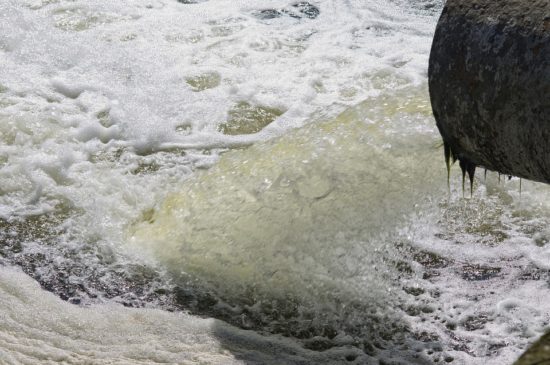Pharmaceutical effluent: a critical link in the interconnected ecosystem promoting antimicrobial resistance
Antimicrobial resistance (AMR) is a complex global health issue and will push twenty-four million people into extreme poverty by 2030, risking the sustainable development goals (SDGs) 2, 3, 6, 9, 12, and 17 if not addressed immediately. Humans, animals, and the environment are the reservoirs that contribute and allow AMR to propagate in interconnected ecosystems. The emergence of antibiotic-resistant bacteria and antibiotic-resistant genes in the water environment has become an important environmental health issue. One of the major influencers from environment sector is the pharmaceutical industry which is growing globally to meet the ever-increasing demand of antibiotics, especially in low- and middle-income countries. The pharmaceutical effluent has a mix of large concentrations of antibiotics and antibiotic resistance genes, and these sites act as hotspots for environmental contamination and the spread of AMR. Inadequate treatment of the effluent and its irresponsible disposal leads to unprecedented antibiotic contamination in the environment and their persistent presence in the environment significantly modulates the bacterial genomes’ expression that is responsible for increase and spread of AMR. However, not much interventions are suggested in the National Action Plan developed on AMR by many countries. There are no regulations across the globe till date for the level of antibiotic residues in pharmaceutical effluent for the growing pharmaceutical industry. This review put together the work done showing several detrimental effects of the antimicrobial residues in the pharmaceutical effluent which leads to rise in development of AMR. The environment risk approach and need to have indicators to measure environment risk is a way forward for all countries engage in antibiotic manufacturing. Overall, efforts to address the problem are isolated and fragmented. Policymakers, regulators, manufacturers, researchers, civil society, and the community need to collaborate so that antibiotics are produced sustainably and continue to stay effective in treating bacterial infections.
AMR NEWS
Your Biweekly Source for Global AMR Insights!
Stay informed with the essential newsletter that brings together all the latest One Health news on antimicrobial resistance. Delivered straight to your inbox every two weeks, AMR NEWS provides a curated selection of international insights, key publications, and the latest updates in the fight against AMR.
Don’t miss out on staying ahead in the global AMR movement—subscribe now!





